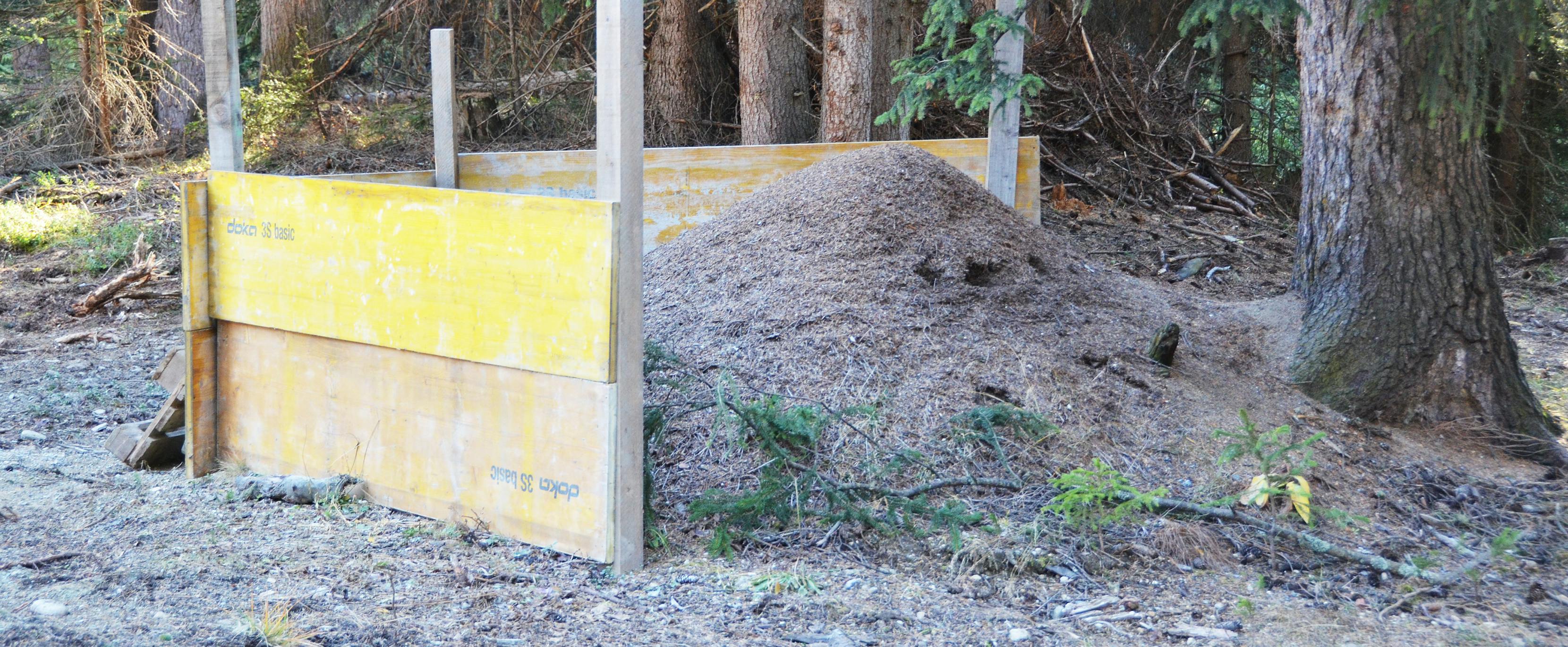Sustainability Pradella – La Punt

A long line of pylons stretches over a distance of around 50 kilometres between La Punt and Zernez in the canton of Graubünden. Its six cross-arms, at a height of between 50 and 80 metres, provide space for two lines. Yet not so long ago, the three cross-arms on one side of each pylon were empty... This is because there was less need for transmission when the line was built in the 1960s. Today, however, we need more and more electricity and therefore also better developed transmission routes.
Making optimal use of existing infrastructure
For this reason, Swissgrid supplemented the existing route with a second system, and today the pylons each carry a line on both sides. This corresponds to the NOVA principle, which is applied by Swissgrid when planning the transmission grid. NOVA means «grid optimisation before grid enhancement before grid expansion». It aims to minimise the impacts of grid expansion on the environment and the landscape.
As an alternative measure for the Pradella – La Punt grid project, Swissgrid co-financed the replacement of the 60-kV Engadiner Kraftwerke overhead line between Pradella and Bever with a 110-kV underground line. This allows the energy produced by the Ova Spin power plant to be taken away underground. As a result, 1,100 pylons that were no longer needed could be dismantled. This considerably reduced the impact on the landscape in the Engadin. The environmental impact assessment showed that this measure alone would more than compensate for the Pradella – La Punt expansion/rehabilitation project. But Swissgrid implemented further measures to protect the environment during the course of the project.
Looking after the soil
To extend the line between Pradella and La Punt, existing pylons and their foundations had to be reinforced, and in some cases completely new pylons had to be built. And whenever construction takes place, nature is bound to be affected. Appropriate site access roads were created to protect the soil from compaction caused by land transport. A construction fleece was placed on the ground, and around 50 cm of gravel was spread on top. This enabled the huge pressure from the relatively narrow vehicle tyres to be distributed over a larger area. But the fleece had another use: on agricultural land, excavated material and soil were temporarily stored on it in two separate fractions. Using a fleece makes it easier to remove the deposits again afterwards and means that the soil underneath remains unharmed. As the excavation and soil material could potentially be contaminated with metals from the anti-corrosion coating used on the pylons, the fleece also prevented these pollutants from seeping into the ground.
Protecting the forest and its helpers
But Swissgrid was not the only builder in the Engadin: an observant construction worker busy in the forest discovered a large domed nest made of plant materials and earth – an ant hill. Red ants are not only excellent builders, they are also useful helpers in forest areas and stabilise the ecological balance. It quickly became clear that this structure should be conserved. In order to avoid disturbing the ant hill as much as possible, it was protected from the activities on the construction site by a wooden wall.
The environmental protection measures were nowhere near finished upon completion of the line project. The individual pylon sites have already been checked for neophytes several times. Neophytes are alien plants that displace native plants and thus endanger biodiversity. Swissgrid combats neophytes immediately in order to protect biodiversity.
The Pradella – La Punt project is an impressive example of how infrastructure projects do not necessarily have to be in conflict with nature. The grid project not only brought greater security of supply to the region by reducing structural congestion, but also benefited local nature and environmental protection.









